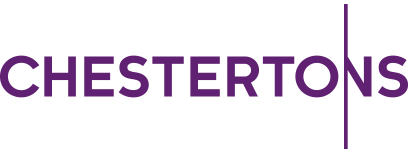In this UAE Market Report, we concluded that the UAE’s residential sector enjoyed a promising opening quarter. This is due to the economic improvements, legislative reforms and a successful vaccine roll-out. All of these buoy market sentiment and driving transactions.
Villas across Dubai and Abu Dhabi saw increased demand. The average prices rising by 3.9% and 2.2%, respectively, quarter-on-quarter (q-o-q). As a result, villa prices across both emirates surpassed their Q1 2020 averages. It increased by 1.1% in Dubai and 0.5% in Abu Dhabi year-on-year (y-o-y). Villa rents also did well over Q1. The continued tenant demand for larger accommodation and outside space supporting uplifts across both emirates.
Apartment values were broadly stable. The prices rising by 0.1% in Dubai and 0.2% in Abu Dhabi, q-o-q. The overall average belies the varied performance between more established residential areas and secondary locations. Annually, Dubai and Abu Dhabi apartment prices were down 7.2% and 2.5%, respectively.
Apartment rents across both emirates recorded modest Q1 declines. This is due to the continued unit handovers, along with changing tenant preferences, placing downward pressure on rates.
Also, Q1 witnessed several key policy announcements. These include citizenship reforms and the introduction of a new remote-working visa. Consequently, Emirati citizenship was opened to skilled foreign nationals, at the invitation of UAE authorities. The remote-working visa offered a one-year residency, subject to qualifying criteria. These reforms build on recent enhancements to the UAE’s retirement and investment visa programmes. Hopefully, these will serve to support residential demand moving forwards.
Check out the latest copy of Observer, discussing the UAE Market Report for Q1 2021.

